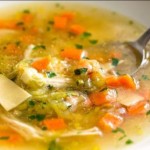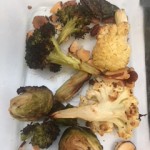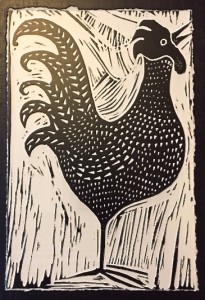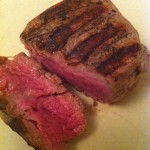 If you know the basics of soup making, you don’t need to follow the recipe word for word, but instead can glean inspiration from recipes and use what you have on hand. With a nice sharp chef knife, a cutting board and a Dutch oven there are endless possibilities. See equipment below.
If you know the basics of soup making, you don’t need to follow the recipe word for word, but instead can glean inspiration from recipes and use what you have on hand. With a nice sharp chef knife, a cutting board and a Dutch oven there are endless possibilities. See equipment below.
Step 1: Soup base – Mirepoix
The base of the soup usually starts with sautéing some vegetables, which flavors the oil or fat. Choose a fat that can handle the temperature. Read more about FATS here.
- Ghee, clarified butter
- Coconut Oil
- Lard
- Bacon Fat
- Tallow (beef fat)
- Butter – keep heat fairly low
- Olive oil – also not recommended to sautéed at high heat
Warm the oil/fat on medium heat in a thick-bottomed deep soup pan, such as a Dutch oven, and sauté:
1-2 finely chopped onion, shallot or leek
then 1-2 carrots, and if I have it, celery, both chopped finely, or medium-fine, about a half inch chunks.
Sprinkle with sea salt (maybe a ½ teaspoon or so, I dunno exactly, I don’t measure, I add a little as I go along and usually end up needing to add more at the end.)
Chefs call the classic mixture “mirepoix”, otherwise known as the “holy trinity” in the cooking world.
Step 2: More vegetables
If you want to add more vegetables, you can add them to the mirepoix about 5-10 minutes after the carrots and onions.
What do you have in the fridge? Here are some vegetable ideas:
- Sweet potatoes, parsnips, celerac, butternut squash
- Mushrooms – crimini, shiitake
- Bell peppers – green, red, yellow
- Kale, any variety Read More






